Grazing this week is a far cry from this time last month, where farmers were grazing heavy paddocks with little to no damage. There has been no real let up in weather, which means that conditions underfoot remain tricky to avoid damaging swards and getting any sort of a decent utilisation.
A good proportion of stock that were turned out early have been rehoused, as damage has been too great to justify leaving them out. The outlook for the week ahead doesn’t seem too promising, so unfortunately these stock will likely not see grass for a few weeks yet.
If there are any dry paddocks available to graze on farm, these are the first port of call. Sheltered paddocks with a dry lie, or access to a roadway for such, are also a good option. It may also be possible to set up infrastructure such that stock have access to both the paddock and the shed, with animals coming inside of their own accord when conditions deteriorate. Creep grazing of calves through giving them access to a sheltered paddock off the shed may also be an option, provided the calf is not shut away from the shed and can revert back to the creep if they wish.
Stephen Frend – Newford Suckler Farm, Co Galway
All stock have now been rehoused as ground conditions have just become too bad to keep them out. Some of the heavier ground has water lying on it, while the drier out farm that is stony in nature seems to be holding up to the weather well.
Cows and calves were housed two weeks ago, while the last of the steers and the heifers came back in last Thursday (16 March).
There will likely be no stock turned out in the next week as ground is saturated.
Cows and calves are on a mix of slats with a straw bedded creep, with two groups of 10 cows and calves in straw bedded sheds.
Calving is near completion with only two cows left to calve, with the annual herd test taking place this week.
System Suckler to beef
Soil type Free draining
Farm cover (kg/DM/ha) 369
Growth (kg/DM/ha) 12
Demand (kg/DM/ha) 0
Ger McSweeney – Millstreet, Co Cork
Cows and calves have all been brought in with grazing being so difficult. We received 100mm of rain in the last seven days.
All that remains out on grass now at the minute are heifers. I have split them into groups approximately half of what I normally would have in order to try to limit damage.
I hope to get cows and calves back out again towards the weekend if conditions allow.
I have between 55-60% of the first round complete, and I’m glad I grazed so hard while the weather was good, as it has put me in a good position regarding the second rotation. The first paddocks grazed have approximately 700kg of a cover on them.
System Suckler to beef
Soil type Variable
Farm cover (kg/DM/ha) 369
Growth (kg/DM/ha) 12
Demand (kg/DM/ha) 0
Shaun Diver – Tullamore Farm, Co Offaly
We have some cows with calves and yearling heifers still out at grass.
The cows and calves moved on to some of the multispecies swards last weekend, going in to covers of 1,800kg.
They did an OK graze out on it, with a preference for the grass and clover. We are moving cattle frequently to try to limit damage to the sward.
Lambing is progressing well with 70 ewes now lambed. We are holding them in a loose shed after lambing for a couple of days, and when we get a fine morning, we turn out the hardiest of them.
Hopefully conditions improve in the next week and we will get more stock cows and ewes out to grass.
System Suckler to beef
Soil type Variable
Farm cover (kg/DM/ha) 830
Growth (kg/DM/ha) 20
Demand (kg/DM/ha) 16



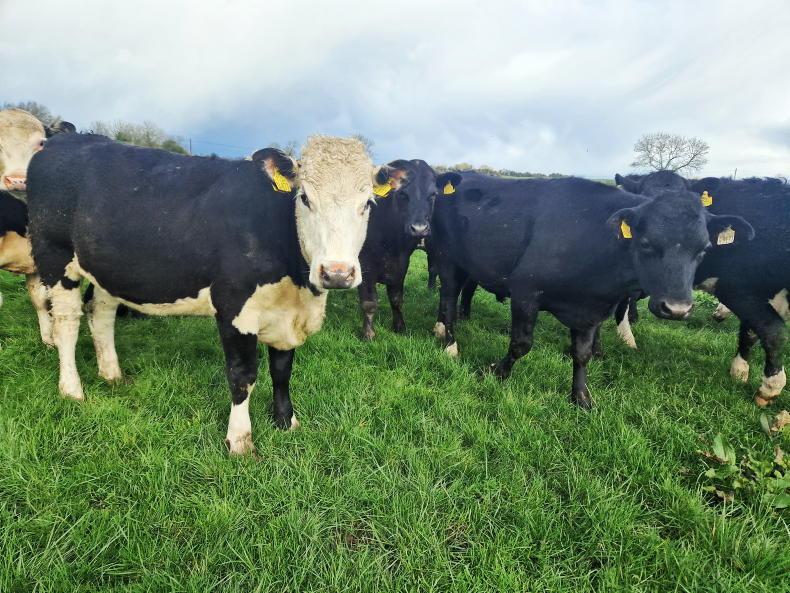

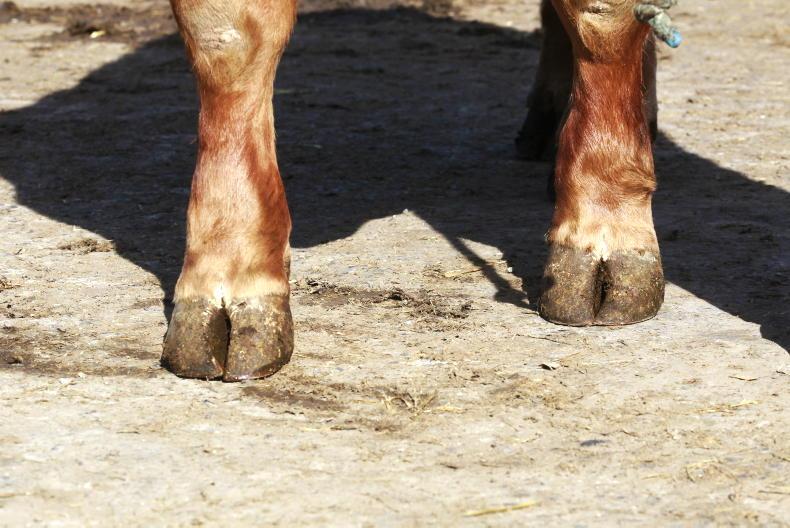

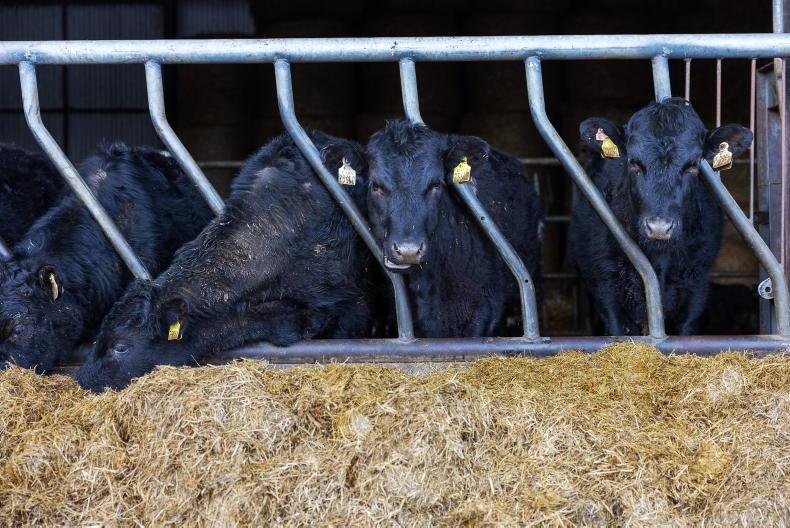
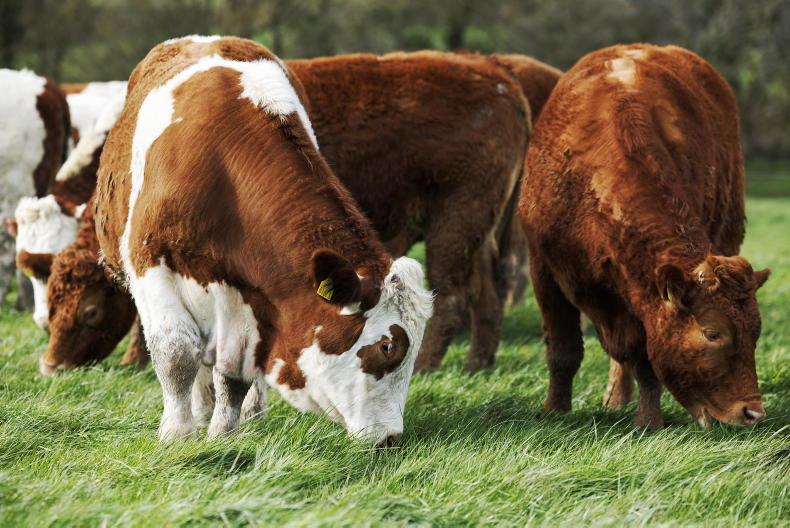
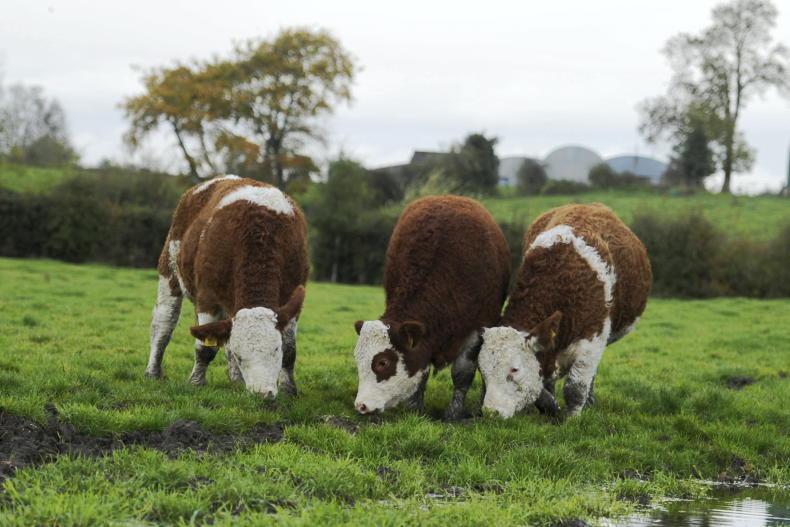
SHARING OPTIONS